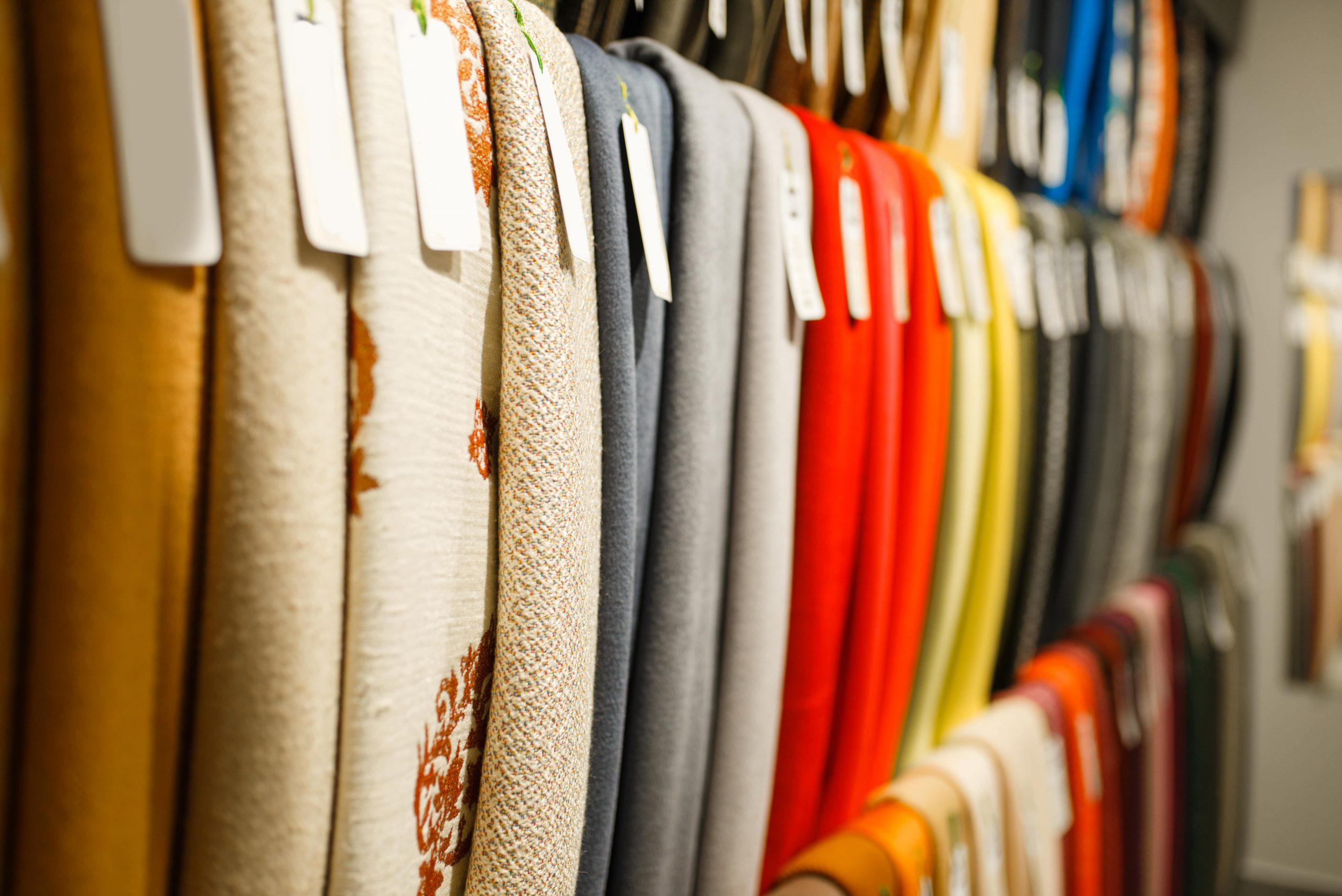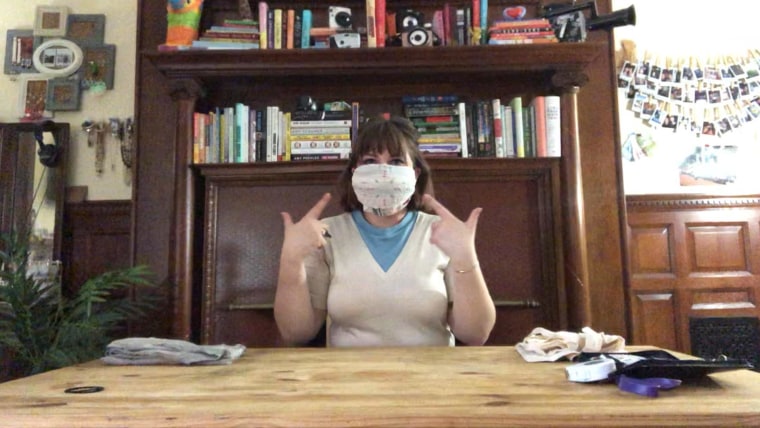What type of fabric is best for face masks?
How to wear face masks properly, and how to clean them
When President Trump urged Americans to wear cloth face masks to reduce the spread of the coronavirus, a barrage of questions inevitably followed: When do we need to wear them? What should the masks be made of, and how do you make one? How should the mask fit?
According to experts, some answers are clearer than others. For example, you should wear a mask any time you’re in an enclosed space with other people, like the grocery store. Also, the mask should fit snugly and cover the majority of your nose and all of your mouth.
But the question of the best reusable face mask material is an especially challenging one. Most mask-related research has addressed those used in medical settings, and a fabric’s effectiveness as a mask varies widely based on what it was originally used for — think about a cotton T-shirt versus a towel.
Still, scientists across the country are delving in to study various materials’ filtration powers and breathability. Based on what they know thus far, here are their recommendations.
Cotton
The most popular material for fabric face masks, especially those available to purchase online, is cotton. And that’s a good thing because it’s one of the best fabrics for this purpose, Dr. Gustavo Ferrer, pulmonologist and president of Intensive Care Experts Health Network, told TODAY.
“It has tiny fibers that may stop the virus particles on the way through,” he said.
Initial research from air-purifier manufacturer Smart Air, which used a fan and a laser particle counter, bears this out.
It found that three of the top materials (for their balance of protection and breathability) were made from cotton. In particular, denim and bed sheets with 120 thread count filtered out more than 90% of large particles and 24-29% of small ones. In addition, canvas (0.4-0.5mm thick), often made from cotton, filtered out 84% of large particles and 19% of small. For comparison, the research found cotton T-shirts and bandanas captured less than 10% of small particles.
Thick cotton also came out on top in an unpublished study from Wake Forest Baptist Health in Winston-Salem, North Carolina. Lead researcher Dr. Scott Segal, an anesthesiologist, told NBC News that the best masks were constructed of two layers of heavyweight “quilters cotton” with a thread count of at least 180, and they had thicker and tighter weave.
Nylon
According to the Smart Air test, 70D nylon was effective at filtration, removing 77% of large particles and 12% of small ones, and it was breathable. Researchers also tested 40D nylon, which had even higher filtration rates, but it received the lowest ranking for breathability, along with canvas.
Segal had similar results for ripstop nylon to Smart Air’s 40D nylon: It’s good at filtration but not very breathable.
“It was more like a face shield than a mask,” he told TODAY.
Other research from Northeastern University found that layering a nylon stocking over the outside of a mask can boost its filtering capabilities.
Breathability is important because “if the air can’t get through, it’ll just bypass around the sides,” defeating the purpose, said Joel Burken, Ph.D, chair of the department of civil, architectural and environment engineering at Missouri University of Science and Technology.
Paper materials
The Smart Air research found that paper towels and shop towels (often used for cleaning grease) provided both protection and breathability. Coffee filters are also effective at filtering, it found, but they’re hard to breathe through.
Natural fibers
Overall, Smart Air recommends natural fibers over synthetic because the roughness and irregularity of materials, like paper and cotton, can boost their filtering capabilities.
That said, wool, cashmere and ramie (similar to linen) — all natural fabrics — had some of the worst filtration capabilities, according to Smart Air. The test materials came from scarves, so it’s possible that these fabrics could perform better when manufactured for another purpose.
What to look for in a face mask material
What’s tricky about most fabrics is that the diameter, permeability and thread count all determine its effectiveness as a mask, Yang Wang, Ph.D, who’s leading mask research at Missouri S&T, told TODAY via email. And these factors change drastically from product to product.
For example, Wang’s research found that four layers of spandex material like Lycra had a filtration efficiency of 60%, compared to 10% for four layers of muslin. But, Yang explained, “we cannot say that Lycra is always better than muslin because muslin material with a different fiber diameter, permeability and thread counts may perform better than the Lycra.”
DIY face masks you can make out of items in your home
- Use woven fabrics over knits. The tighter the weave, the better the protection, as long as you can breathe.
- Avoid porous materials and those with large openings.
- Use multiple layers of material. Just make sure you can still breathe adequately.
- Don’t pay extra for antimicrobial interiors. There’s not much research to support its value.
- Avoid fabrics treated with bleach and harsh chemicals.
- Try a tie-on design for a more customizable, comfortable fit.
- Consider adding a HEPA filter to boost your masks’s filtration. Just make sure it doesn’t come in direct contact with your mouth.
When in doubt about the quality of your mask material, conduct the light test, Segal advised. Hold up your fabric to the light, and check if you can see the individual fibers in it. If you can, it’s likely too thin to provide adequate protection.





Leave a Reply